-Cable Front Work-
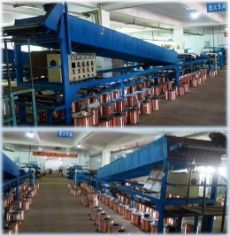
Annealing process
The next process is the annealing process.
This process will let the copper wire more soft and flexible.
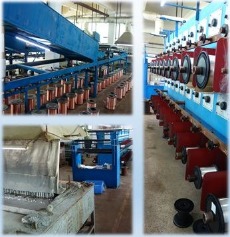
Tinning process
According to the requirement, the copper wire will be tinned. Next, bunch together into different sizes again.
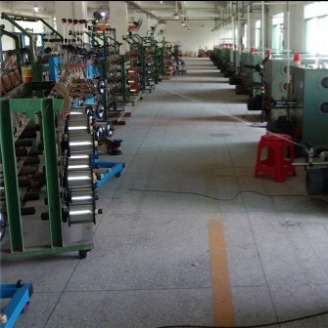
Twisting (copper wire)
According to the requirement, twisting and stranding the cable conductor (BC or TC).
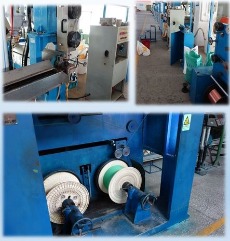
Jacketing (conductor)
Jacketing the cable conductor into different colors, and then classifying.
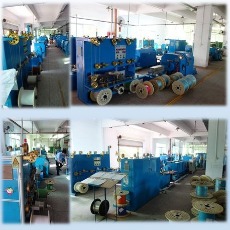
Twisting (conductor)
According to the nomogram, twisting the insulation cable.
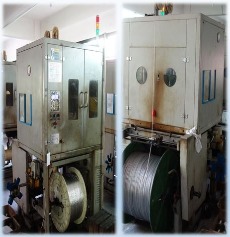
Braiding
Braid multiple copper wire on insulation cable, by using aluminum alloy or another material. This process can prevent from scratching.
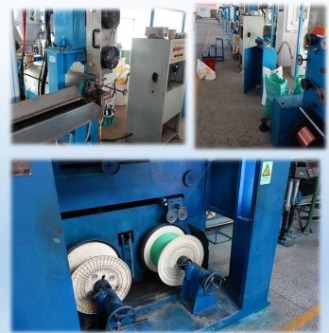
Jacketing again
The last step is to jacket the cable conductor. This process can avoid interference and protect the cable.
-How To Make A Cable-
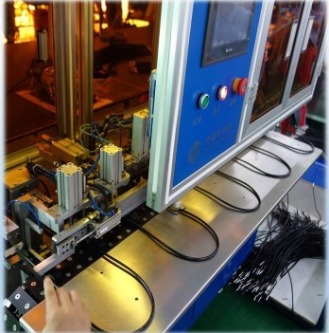
Stripping
Stripping off the jacket, and use the machine to cut it off. Then, turn over the bare copper.
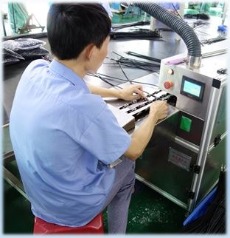
Aluminum foil cut
Bend the core wire and put it into the machine to cut the aluminum foil. After that, we will check the first PSC is OK or not.
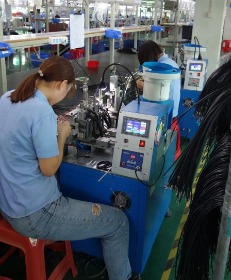
High-frequency soldering
Put the connector into the machine. It will solder the core wire on the connector. After that, check the product OK or not.
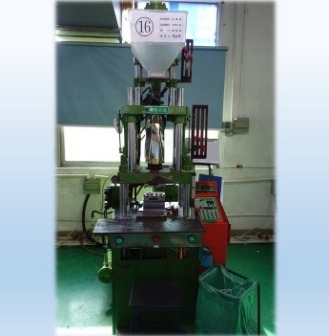
Inner mold molding
It can strengthen the core wire and connector so that the cable will not be fractured by shaking or bending.
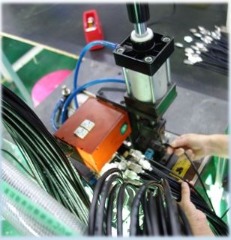
Crimping
Put the metal shell on the connector, then use the machine to crimp the metal shell.
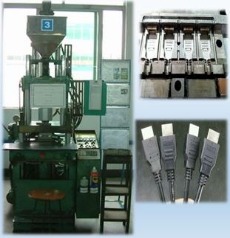
Outer mold molding
According to the exterior of the design, put the cable into the right fixture. Then, the injection molding machine will mold the outer mold.

Electric test of the final product
After a cosmetic check & spooling, we will do the electric test again to make sure the final product is conductible.
